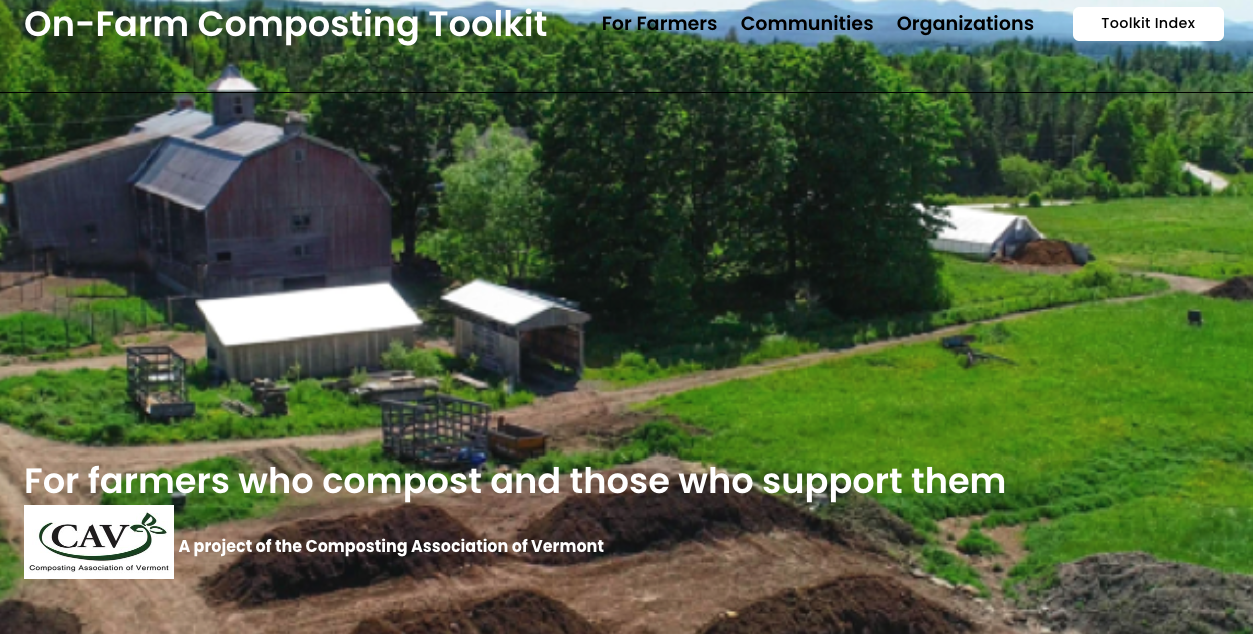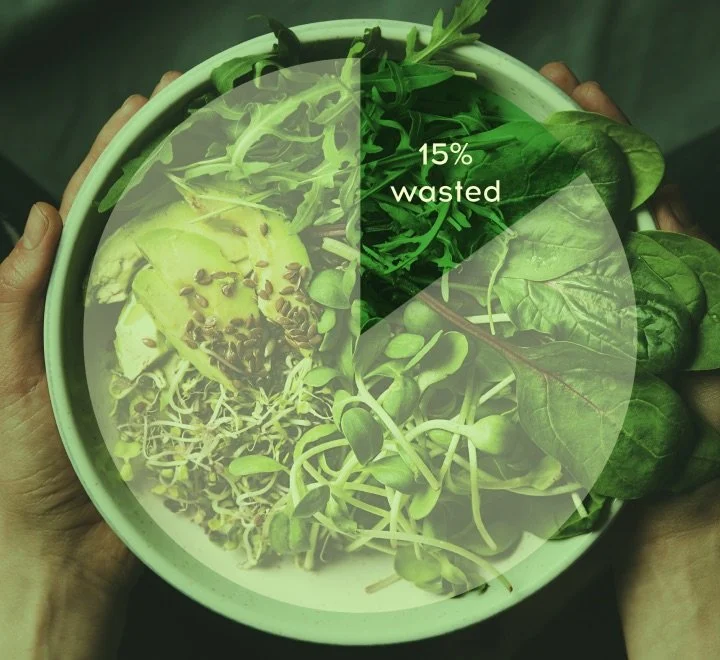
Food Cycle Community of Practice
Resources for Businesses
As of July 1, 2020, all food scraps and other organics are banned from the landfill, including those from businesses.
Businesses are NOT required to compost on-site, but still need to separate their food scraps for haulers to pickup, donate, and/or educate their staff members!
Here are some things you can do:
Separate your food waste into collection carts/dumpsters that haulers can pick up and bring to composting facilities, farms & digesters. Find a hauler in your area! Or think of installing an in-vessel compost tumbler, check out this webinar to learn more.
Donate edible food to food shelves, or to farms. Learn more about food donation here from VT DEC.
Educate your staff on the importance of composting, but also reducing waste at the source. Find our page “Reducing Waste at the Source” for tips on educating your staff.
To learn more about how to reduce your waste and manage your food scraps -
check out this resource by VT ANR.
Resources for Farms
Get more tools from CAV’s On-farm Composting Toolkit
Farm to Plate’s Food Cycle Community of Practice has developed a resource for farmers looking to expand on-farm composting in collaboration with their local community.
The guide, Partnering Farms with Communities - a regulatory and start-up guide for on-farm food scrap composting, aims to clarify the regulatory landscape for both organic and conventional farms. It lays out potential options for community-oriented solutions to close regional gaps in the food scrap composting infrastructure currently available in Vermont. The guide also outlines strategies that small farms can utilize to create connections with residents, schools, food shelves, grocery stores, restaurants, and other organizations that manage food scraps and nutrients locally.
Reducing Food Waste at the Source
Focusing on the source of waste is the first step businesses can take in reducing food waste, wasted energy, and wasted money. Businesses can conduct a waste audit to help identify what is being thrown away, and why. Once this has been identified, businesses can implement waste reduction strategies that can ultimately reduce purchasing, disposal, and labor costs, all while reducing greenhouse gas emissions and contributing to a sustainable community.
Image credit: Waste360.com
Calculators from the EPA and others can help businesses estimate the cost competitiveness of source reduction, donation, composting, and recycling FOG materials as opposed to disposing of food in the landfill waste stream. There are also paper tracking waste logs from the EPA that can help businesses track waste.
Businesses can also consult this “Zero Waste Purchasing Guide,” to help reduce their generation of waste. Zero Waste is a “no waste”, sustainable approach to managing the production and lifecycle of goods and products. A Zero Waste restaurant, school, venue or event maximizes recycling (including composting) and minimizes landfill waste. Through maximizing recycling efforts at gatherings and events upwards of 75% or more of the waste stream can be diverted to recycling and/or composting.
National Campaigns and Resources
Resources for Commercial Kitchens
Donating Food for People
In Vermont, one-quarter of all food ends up in landfills—even as more than 70,500 Vermonters experience hunger at some point each year. Much of this discarded food is still edible but gets thrown away due to a lack of resources or awareness.
Redirecting this perfectly good food to people in need can make a big difference. It helps reduce hunger, improve food security, and cut greenhouse gas emissions—both from landfills and the unnecessary production of additional food. In fact, food donation is the second tier of Vermont’s Food Recovery Hierarchy, and is strongly preferred over composting or disposal. The top priority, of course, remains reducing food waste at its source.
Donation and Composting
Why Donate Food?
Over one hundred thousand of our Vermont neighbors - including children, seniors and working families - who are unable to put enough food on the table. Visits to their local food shelves help with this shortfall. Each year the Vermont Foodbank and their network of partners throughout the state serve as many as 153,000 Vermonters in need of emergency food assistance.
Federal Laws Regarding Food Donation for Human Consumption
Vermont Laws Regarding Food Donation for Human Consumption
VT. STAT. ANN. tit. 12 § 5762 (1983): Liability for canned or perishable foods or farm products distributed free of charge
VT. STAT. ANN. tit. 12 § 5793 (1997): Liability limited
Where Can I Find Somewhere to Donate My Food?
Businesses can contact their local food shelves, the Vermont Foodbank or Hunger Free Vermont to learn more about how to donate edible food to Vermont’s charitable food system.
When food is no longer fit for human consumption, consider donating it to a local farm for use as animal feed—a responsible and sustainable next step.
Check out our page on donating leftover food to animals for more information.
Why Compost Food?
Of course, not all leftover food is appropriate for human or animal consumption.
Whether you are a restaurant, a food processor, a hospital, a ski resort or a school, composting your food scraps is an easy and inexpensive way for your business or institution to go green!
Composting doesn’t have to be complicated! This manual breaks down steps that food service employees can use to help reduce food waste and make composting part of their daily routine.
In the below video, see what business owners and employees have to say about separating food scraps in their businesses.











